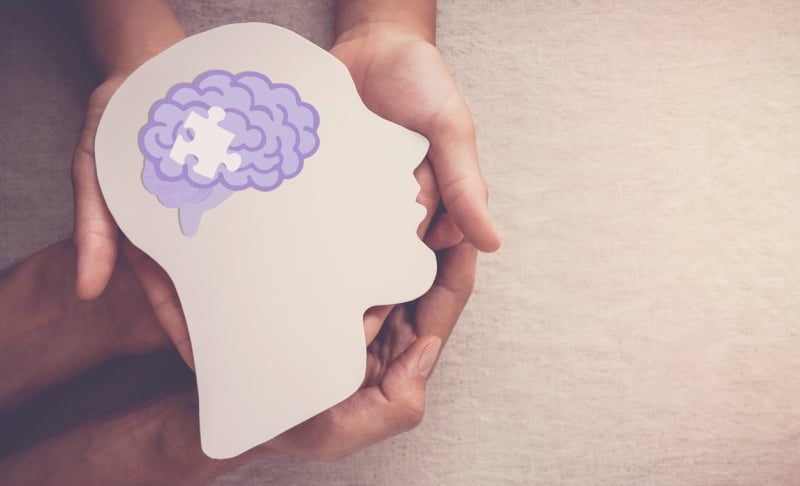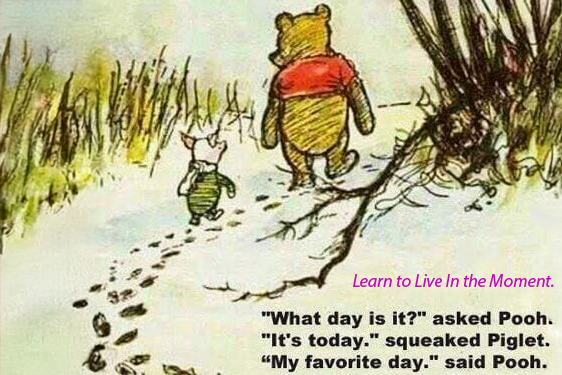

All of us have experienced some form of trauma, whether big or small. In childhood, we simply manage as best we can, developing whatever coping mechanisms help us survive. So by the time we reach adulthood, most of us have significant trauma-healing work to do. And if we are willing to do it, we can begin to more fully enjoy our lives and make the most of the life we do have.
This week, I sat down for a chat with Lalita Shree Maa, a coach with experience in somatic experiencing, limiting beliefs and mindfulness. We explored several ways to work with thoughts and emotions that can help us move beyond trauma.
You can watch the full interview below:
[embed]https://www.youtube.com/watch?v=gwy_NntJ00Q[/embed]
Trauma Healing Support
First, and most importantly, making use of a trauma therapist or coach can greatly aid this journey. Internal Family Systems therapists, somatic therapists, EMDR practitioners, and other trauma-trained therapists can be very helpful. Trauma healing work can involve a number of techniques. Lalita shared tips for how to use a bunch of these strategies—strategies such as somatic experiencing, mindful awareness, and more.
Healing Trauma Patterns
It’s important to know that trauma significantly changes our perceptions and beliefs (Doucet & Rovers, 2010) resulting in trauma-based patterns. Each pattern includes a belief (or perspective) that leads to specific types of thoughts, that lead to specific emotions, that lead to specific action tendencies (i.e., habits), that lead to specific behaviors, that lead to specific experiences. So trauma affects everything.
But everyone’s patterns are different. Two entirely different experiences could result in the same pattern. Simultaneously, the exact same experience could result in different patterns. That’s why it’s so important to pay attention to your own patterns so that you can understand what truly creates the life you live.
Healing Your Trauma Patterns
The truth is that we don’t need to actively change ourselves. All we need to do is acknowledge our experiences as they occur—without self-judgment or self-criticism. By maintaining ongoing self-awareness and self-compassion, we begin to realize that our trauma-based beliefs aren’t true, and, that they aren’t who we are. This recognition can lead the beliefs that maintain trauma to begin to dissolve.
—
This post was previously published on Psychology Today.
***
You Might Also Like These From The Good Men Project
Join The Good Men Project as a Premium Member today.
All Premium Members get to view The Good Men Project with NO ADS.
A $50 annual membership gives you an all access pass. You can be a part of every call, group, class and community.
A $25 annual membership gives you access to one class, one Social Interest group and our online communities.
A $12 annual membership gives you access to our Friday calls with the publisher, our online community.
Register New Account
Need more info? A complete list of benefits is here.
—
Photo credit: iStock
Disclaimer: This story is auto-aggregated by a computer program and has not been created or edited by healthlydays.
Publisher: Source link











